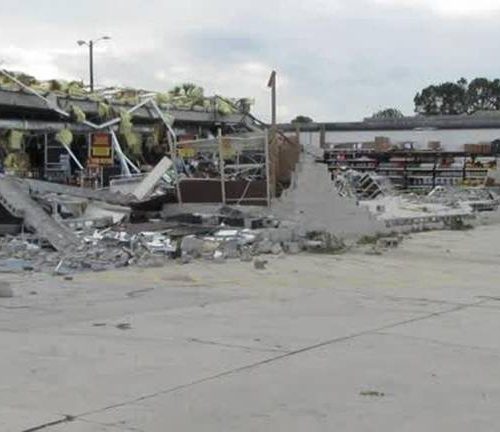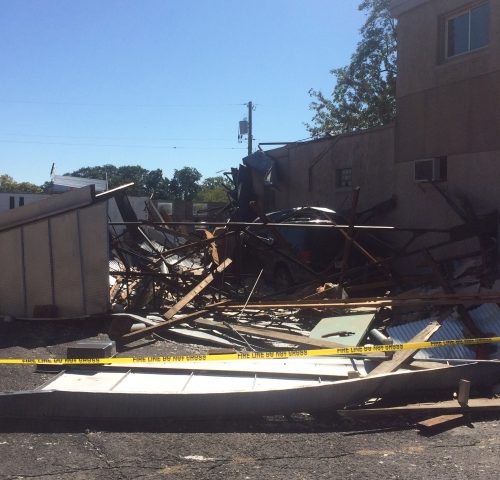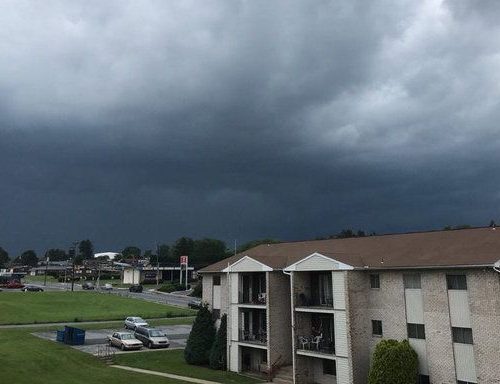With the first thunderstorms of the year visiting Greater Lafayette Tuesday night, it is a perfect opportunity to discuss Lafayette’s long history of severe weather and to prepare to stay safe when severe thunderstorms strike.
As many longtime Lafayette residents know, tornadoes and other severe thunderstorm hazards can strike any time of year. However, they are most prevalent during the spring and summer months.
Tippecanoe County is very familiar with tornadoes. Since 1950, 49 tornadoes have struck the county, averaging a bit less than one tornado per year. Of those 49 twisters, 17 have been rated strong (EF-2) or greater on the Enhanced Fujita Scale, the damage metric used by the National Weather Service to estimate tornado wind speed. The most recent strong tornadoes ripped through Tippecanoe County on Nov. 17, 2013, severely damaging Southwestern Middle School and the Voestalpine factory on the southeastern edge of Lafayette.
Among the tornadoes to hit Greater Lafayette are a violent and deadly F4 twister that struck Monticello during the infamous Super Outbreak of tornadoes in 1974 and a 1953 extremely long track tornado that traveled from Champaign, Ill., crossed the state line, finally dissipating in Delaware County, a journey of over 150 miles. That tornado roughly paralleled Indiana 28 through southern Tippecanoe County. This tornado is also famous in the weather community for being the first tornado to be observed by Doppler radar.
Supercell thunderstorms can cause damage from more than just tornadoes. They often produce large hail, high winds, and flash flooding. Large hail can devastate crops and cars, even damaging homes.
On June 14, 2010, a supercell thunderstorm near Boswell in Benton County dropped softball sized hail and winds estimated at 90 to 100 mph. Roughly 5,000 acres of crops were lost, a loss of $2 million. In May 2000, large hail damaged thousands of cars and homes in and around Frankfort, causing $15 million in damage.
This is not to say severe thunderstorms are the only kind of storms that can be dangerous. One lightning strike can be deadly. One strong gust can send tree boughs tumbling. As warmer and humid days arrive, make sure to be alert to changing weather when you’re enjoying the outdoors.
Snyder, a former J&C data desk assistant, is a meteorologist at the National Weather Service Operations Proving Ground in Kansas City.





